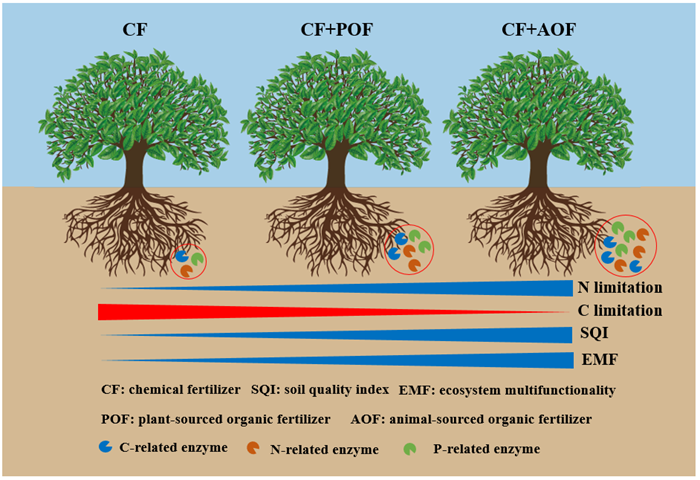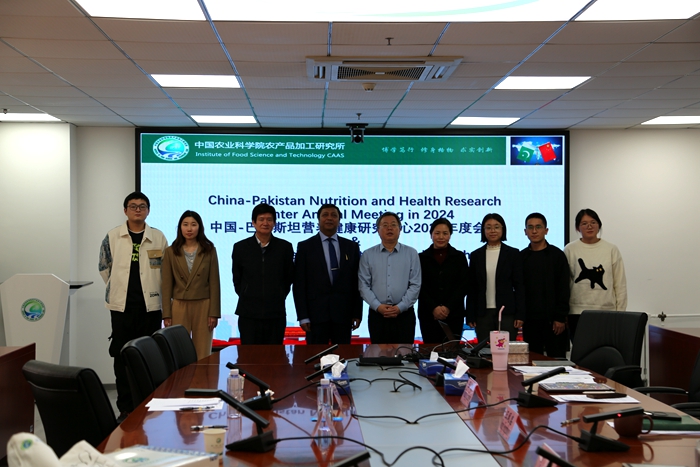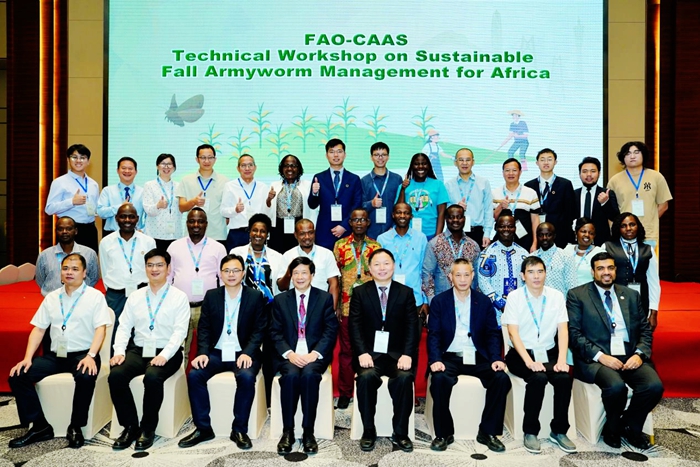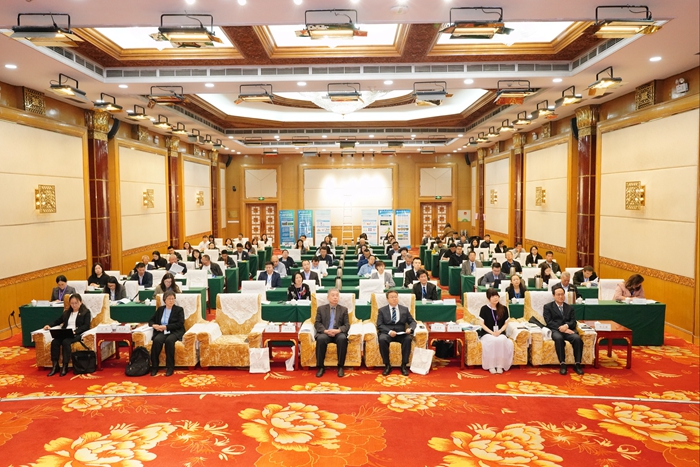TRI Reveals Effect of Different Organic Fertilizers on Soil Quality and Ecological Multifunctionality in Tea Plantations
Recently, the Innovation Team of Tea Plant Nutrition and Nutrient Management of CAAS’s Tea Research Institute (TRI) made significant advancements on the study of soil health and ecosystem multifunctionality in tea plantations. The paper, titled ‘Partially replacing chemical fertilizer with manure improves soil quality and ecosystem multifunctionality in a tea plantation’, was published in the journal Agriculture, Ecosystems and Environment .
Ecosystem multifunctionality is critical for soil health, reflecting the synergistic interplay among resource management, environmental sustainability, food safety, climate regulation, and human well-being. Overuse of chemical fertilizers in tea plantations has causedecological and environmental issueslike soil acidification and biodiversity loss. The combined application of organic and chemical fertilizers is an important technique for reducing fertilizer use while enhancing fertilizer efficiency in tea plantations. However, previous research primarily focused on the effects of this combined application on yield, tea quality, and soil fertility, with little attention to the responses and driving factors influencing soil ecological multifunctionality in tea plantations.
To tackle this issue, the research team, based on a long-term field experiment, comprehensively assessed the impact of substituting chemical fertilizers with animal-sourced (AOF) and plant-sourced organic fertilizers (POF) on soil quality and ecosystem multifunctionality. The results indicated that microbial C limitation and microbial N limitation were present in the tea plantation soil system and no microbial P limitation was detected. Fertilization effectively alleviated the microbial C limitation but increased the microbial N limitation.
Using a mix of soybean cake and chemical fertilizers slightly acidified the soil. In contrast, usingAOFs like sheep, pig and cow manure significantly increased the soil pH value. Additionally, the application of soybean cake (POF) enhanced the content of available nitrogen (N) in the soil, while concurrently reducing the levels of available phosphorus (P) and potassium (K) compared to AOF.
According to the soil quality index (SQI) and ecosystem multifunctionality (EMF), fertilization was found to be superior to no fertilization in enhancing both soil quality and ecosystem multifunctionality. Furthermore, the partial substitution of chemical fertilizers with organic fertilizers demonstrated greater effectiveness than the application of chemical fertilizers alone, with AOF proving to be more effective than POF. This research offers a scientific foundation for cultivating healthy soil and the rational application of organic fertilizers in tea plantations.
The study received support from the National Key Research and Development Program of China, the Earmarked Fund for China Agriculture Research System, and the Innovation Project of the Chinese Academy of Agricultural Sciences.

Figure The effect of different organic fertilizers on soil quality and ecological multifunctionality in tea plantations
By Dr. Yang Xiangde (yangxd@tricaas.com)
-
 Nov 22, 2024Director Stanković and his delegation from the Institute of Agricultural Sciences and Applications of the Republic of Serbia visited ICS
Nov 22, 2024Director Stanković and his delegation from the Institute of Agricultural Sciences and Applications of the Republic of Serbia visited ICS -
 Nov 22, 2024Coordinator General of COMSTECH-OIC visited IFST-CAAS
Nov 22, 2024Coordinator General of COMSTECH-OIC visited IFST-CAAS -
 Nov 21, 2024IPPCAAS Successfully Organized the FAO-CAAS Technical Workshop on Sustainable Fall Armyworm Management for Africa in Guangdong
Nov 21, 2024IPPCAAS Successfully Organized the FAO-CAAS Technical Workshop on Sustainable Fall Armyworm Management for Africa in Guangdong -
 Nov 07, 2024The Policy and Technology Exchange Meeting of Deepening Environmental Cooperation on Dust and Sand Storm Control in Northeast Asia for Green and Sustainable Development co-organized by Institute of Grassland Research, CAAS successfully held in Hohhot
Nov 07, 2024The Policy and Technology Exchange Meeting of Deepening Environmental Cooperation on Dust and Sand Storm Control in Northeast Asia for Green and Sustainable Development co-organized by Institute of Grassland Research, CAAS successfully held in Hohhot -
 Nov 07, 2024IAED-CAAS delegation visits four Central-Asian countries for scientific cooperation
Nov 07, 2024IAED-CAAS delegation visits four Central-Asian countries for scientific cooperation
